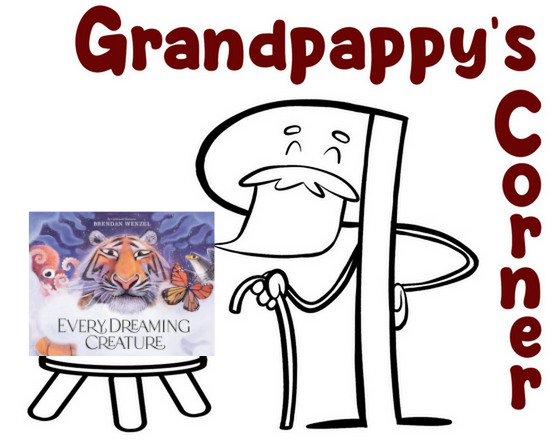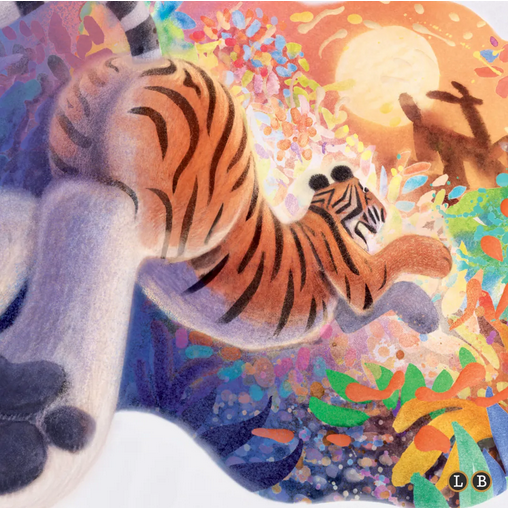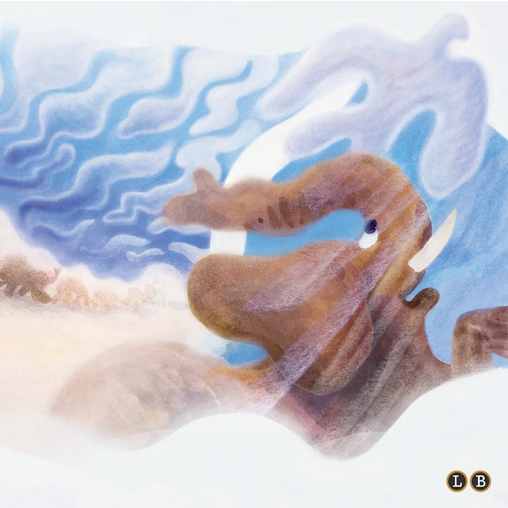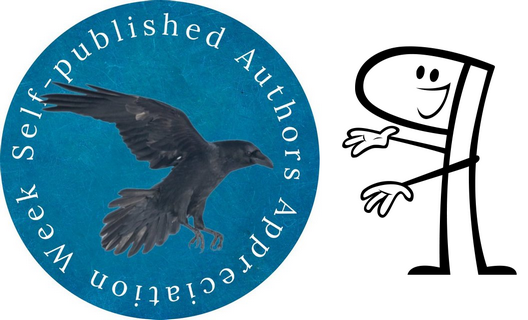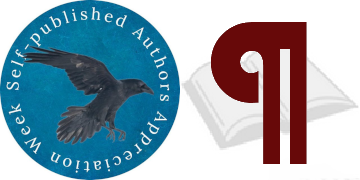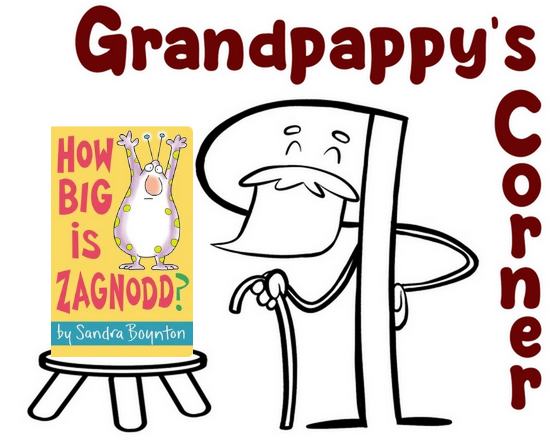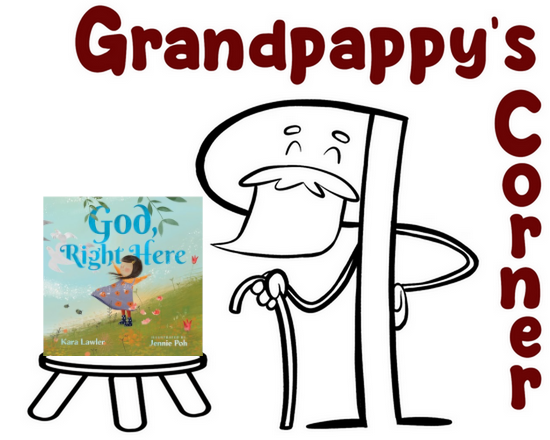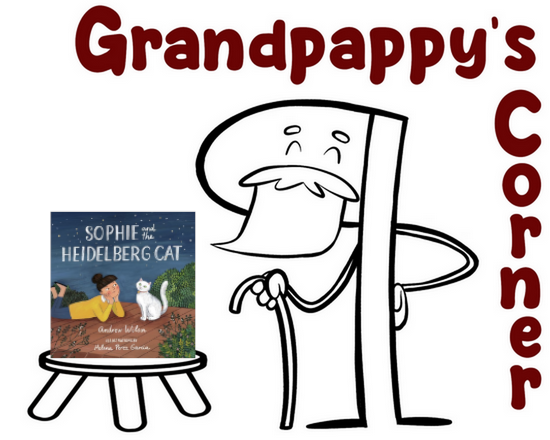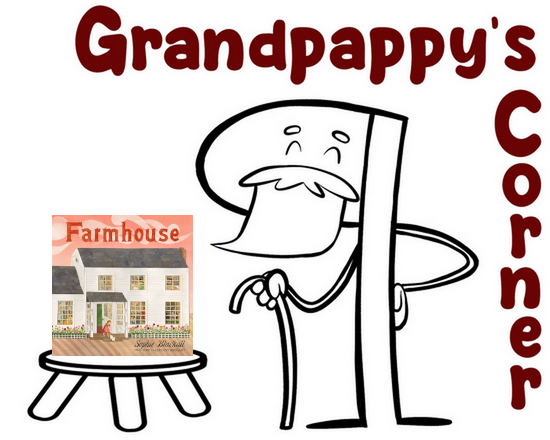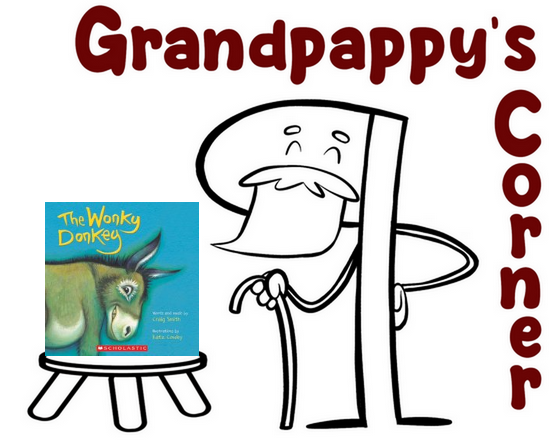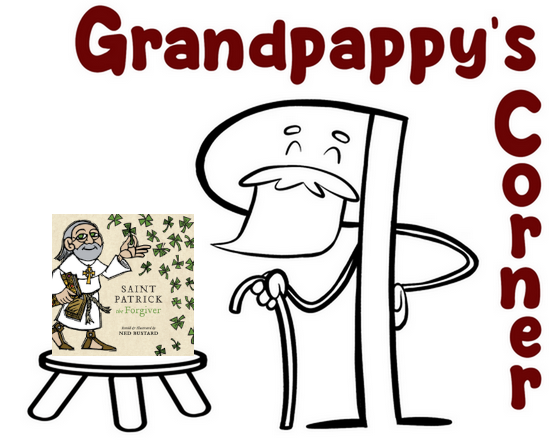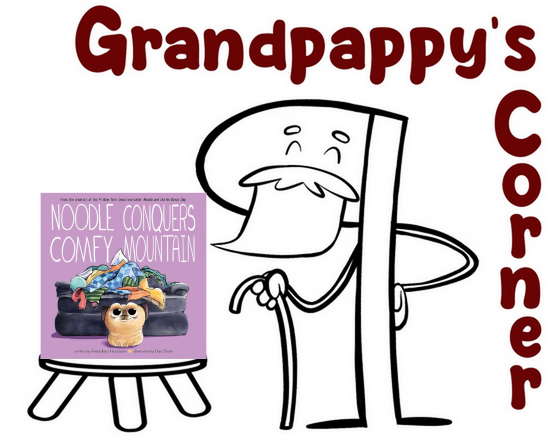
Noodle Conquers Comfy Mountain
by Jonathan Graziano, Dan Tavis (Illustrator)
DETAILS: Series: Noodle and Jonathan Publisher: Margaret K. McElderry Books Publication Date: November 7, 2023 Format: Hardcover Length: 32 pg. Read Date: November 9, 2023

What’s Noodle Conquers Comfy Mountain About?
This is a story about poor Noodle needing to find a place to get comfortable for the day—he needs to be able to smell nice smells, see his Jonathan, watch for a snacking opportunity (or several), but most importantly feel comfy.
After some searching, he finds the perfect place on the top of the couch! But how can a little pug get up to something so tall?
Let’s Talk about the Art for a Minute
I wish I had some samples to show (you can click on the artist’s name above and see his portfolio, which doesn’t have any pages from this, but you can see his skill). So let me say this instead—before I had a chance to read the book, I gave it to my wife and daughter to look at while I went upstairs. Their collective “Ohhhh!!”s and “Awwwwwwwww!!”s were so loud I had to pause my audiobook until they finished.
It is just adorable. I don’t have another word to describe the art—it’s so cute that it’s hard to put into words. Also, there’s one picture that you can practically see the tail wagging. I’m not sure how a cartoonish art style is able to convey that so effectively, but it did.
Consider me a fan of Tavis.
How is it to Read Aloud?
It’s fine—there’s not a lot of wordplay, there’s no rhyming, or anything like that. It’s simple phrasing that you can put whatever kind of emphasis on and read without difficulty.
If you’ve watched enough of Graziano’s videos, you can borrow his style to read it; it works really well. If you haven’t? No big deal, just read it naturally and it’ll be fine.
What did the Little Critter think of It?
He’s still a bit too young to be giving opinions. But he liked the sound it made when he slapped it.
So, what did I think about Noodle Conquers Comfy Mountain?
Like when I was describing the art, I don’t know what else to say but it’s hard-to-describe just how cute this is.
It’s a nice little story that most readers can relate to in some way—I think particularly if they’re on the small side and need assistance getting up to a place to sit, as young children tend to be. The story is a little stronger than the previous book’s–which was primarily about the feeling of a No Bones day, and I appreciate that (without criticizing the first book! I’m not heartless.)
There’s a little life lesson about asking for help that we can all use—no matter our age or size—included. Which is a nice bonus.
Do I recommend this adorable read? Yes. Obviously. Get your hands/eyes/ears (as applicable) on anything about Noodle, it’ll make your day brighter.

This post contains an affiliate link. If you purchase from it, I will get a small commission at no additional cost to you. As always, the opinions expressed are my own.
![]()



